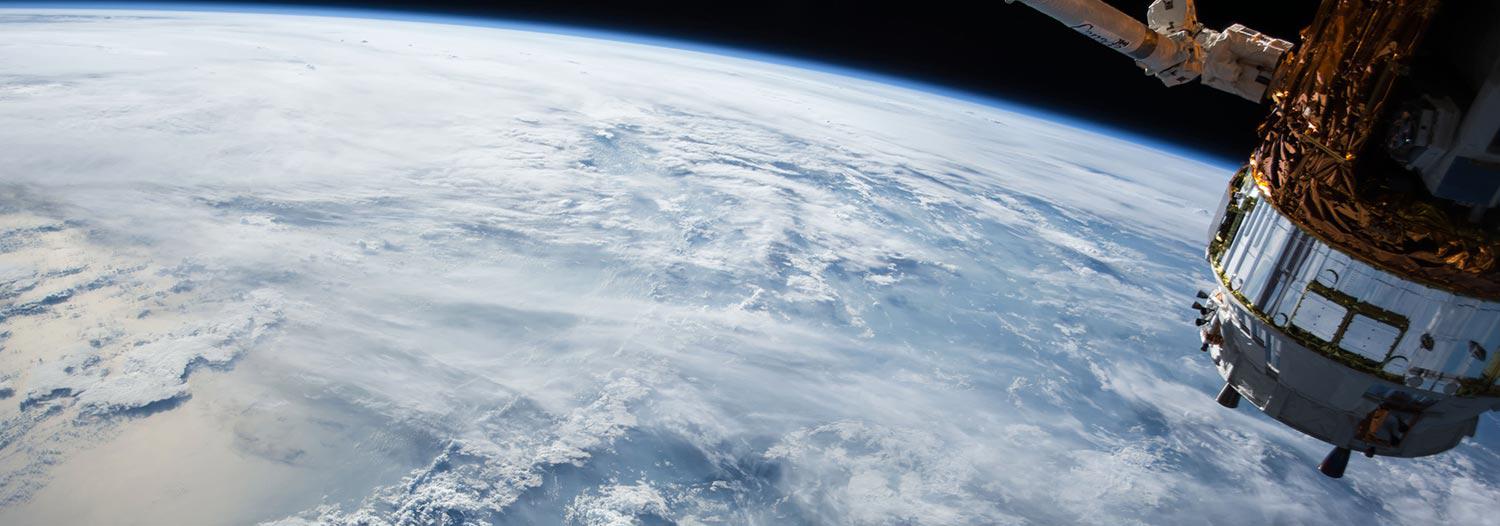Input Dataset
NSW Town Orthorectified Aerial Imagery
Dataset Purpose
Funding Support
Access Mechanisms
Online, Email, FTP, in shop, post.
Access Format
{ECW,Jpeg2000}
Dataset Lineage
Access and Licensing
Identified Mandate
Yes

